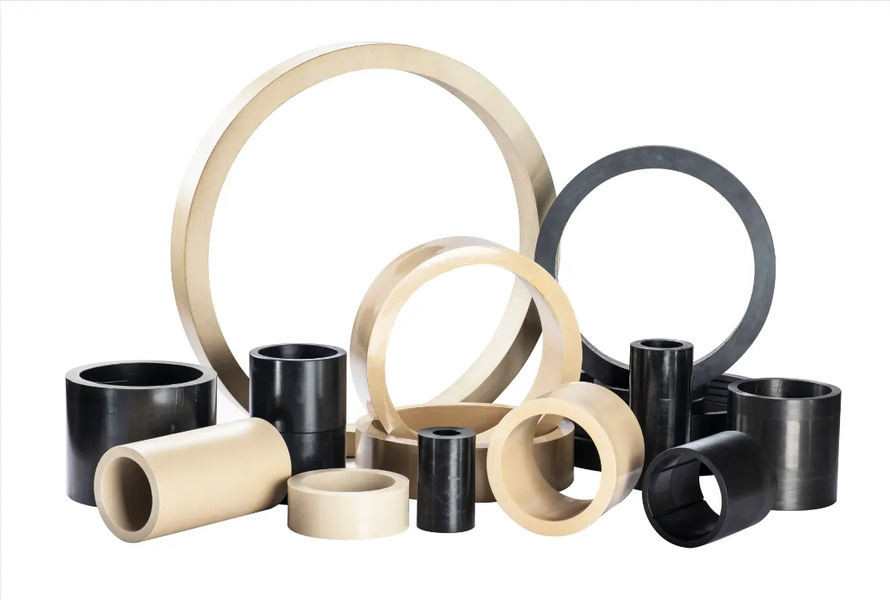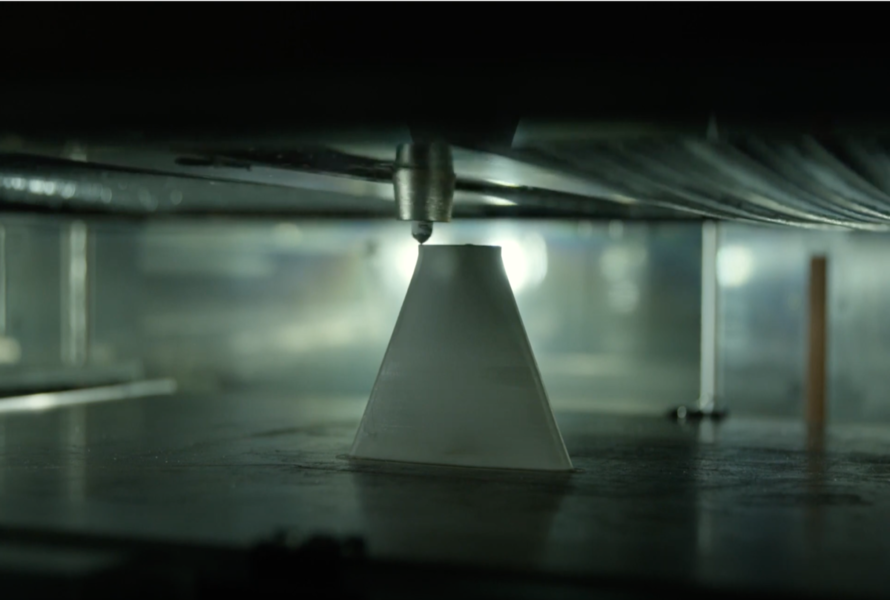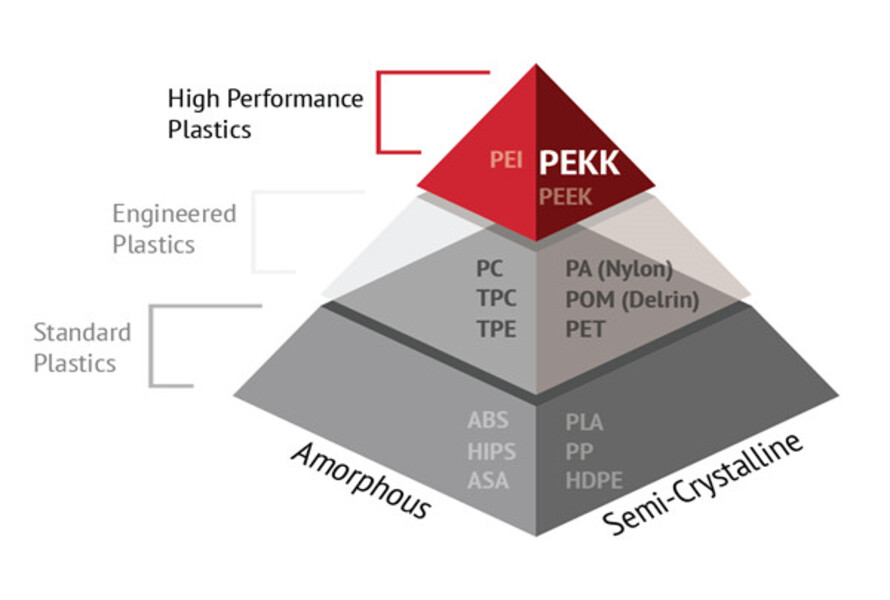1. Overview of PEEK plastic
What is the definition of Plastic PEEK? There exists a considerable degree of confusion among customers regarding the underlying concept and notable attributes of this particular fuel line. PEEK resin is manufactured using a molding procedure involving polyetheretherketone resins at optimal temperatures.

The scientific nomenclature for PEEK Plastic is Poly Ether Ether Ketone. The substance was first identified in 1978 by the ICI Corporation, a company based in the United Kingdom. The primary chemical composition of PEEK Resin consists of several interconnected Benzene rings, linked together by two functional groups: an ether group (-O-) and a ketone group (-C(=O)-).
Typically, the dimensions of PEEK plastic are categorized into two distinct sorts, as outlined below:
The most commonly used size for plastic PEEK in sheet form is 600x1000mm, with thickness options ranging from 5 mm to 60mm.The plastic PEEK in bar shape has an average diameter ranging from φ5 to φ200mm, with a standardized length of 1000mm.
Furthermore, it should be noted that PEEK plastic is manufactured in a diverse range of colors, including but not limited to dark brown, black, white, and gray, to cater to the market's demands. PEEK plastic is widely recognised as a highly esteemed plastic material on a global scale, renowned for its exceptional quality. It is frequently employed as a substitute for metal in various applications.

Furthermore, PEEK plastic is classified as a distinct variant of construction plastic due to its exceptional characteristics, including remarkable heat resistance, an elastic modulus measuring 3.6 Gpa, and a tensile strength of 170 MPa.
Specifically, the PEEK polymer exhibits two distinct glass transition temperatures, namely 140 degrees Celsius and 275 degrees Celsius, which are characterized by a high level of detail. In addition, the mechanical qualities and chemical resistance of PEEK plastic are noteworthy factors contributing to its increasing popularity.
Various additives often used in plastic production, such as PTFE, graphite, ceramic, carbon, or glass, are used in the processing of PEEK plastic to enhance its operating temperature capabilities. According to experts, PEEK plastic is widely regarded as environmentally friendly and does not have any adverse effects on natural ecosystems.
2. Typical specifications of PEEK plastic
| Specifications | PEEK Plastic - Poly Ether Etherketone |
| Specific gravity (Unit: g/cm3): | 1.3 |
| Water permeability calculated in 24 hours at a temperature of 23 degrees Celsius: | Approximately 0.14 |
| Tensile strength Mpa: | About 87 |
| Expansion (Unit: %): | 80% |
| Flexural strength Mpa: | From 142 |
| Durability upon impact (Unit: Lzod j/m): | Up to 3700 |
| Hardness calculated according to the Rockwell system: | 88 |
| Long-term temperature tolerance: | M98 |
| Short-term temperature tolerance: | Nearly 260 Celsius Degree |
| Melting point: | Reaches 300 degrees Celsius |
| Lowest temperature: | Minus 40 Degrees Celsius |
| Resistivity (Unit: Ω・cm): | Standard 1 x E16 |
In the next section, we will send you the outstanding advantages that help PEEK plastic gain the trust of the market as well as be fully utilized in many large-scale factories.

3. Advantages of PEEK plastic
PEEK plastic possesses all the impressive advantages of heat resistance, force resistance and appropriate physical and chemical properties in each specific production field.
It is not an exaggeration to say that the quality of PEEK Plastics cannot be argued because they have been rigorously tested for application in the aerospace field. This shows that all chemical and physical properties must be perfect. Let;s take a look about 4 main benefits of PEEK Plastics:
3.1. Resistance to impurities and chemicals
Leading industry experts have stated that the corrosion resistance of PEEK plastic is considered nearly equal to Nickel steel - one of the most famous durable materials in the construction industry.
In particular, strong Sulfuric Acid is the only chemical compound that can destroy the structure of PEEK plastic; conventional chemicals or organic solvents are still not capable of doing this. This property still works very well even under high temperature conditions.
That is why PEEK plastic becomes a suitable choice for medical devices that are frequently exposed to chemicals while still ensuring safety for human health.

3.2. Perfect heat resistance
PEEK plastic can tolerate an average temperature of 260 degrees Celsius throughout the processing phase. This is a much higher temperature than conventional plastics, which is only about 150 degrees Celsius.
In addition, eek plastic reaches a melting temperature of up to 334 degrees Celsius and factories need to use a temperature of nearly 400 degrees Celsius to successfully mold PEEK plastic. The strongest point of PEEK plastic is that its physical properties are difficult to change in high temperature environments.
Furthermore, this material can only be sterilized using high-pressure steam in an industrial autoclave because it is resistant to steam and hot water. PEEK plastic is also particularly tough to break down because of its property. As a result, the information is used in the space and aviation industries.

3.3. Safety for consumers' health
The Japanese Food Hygiene Law and the US FDA have recognized the safety standards of PEEK plastic for human health so that this material is commonly used in the food and pharmaceutical industries. PEEK plastic is also a suitable material in fields that require strict friction coefficients as well as corrosion resistance. Because the ingredients inside PEEK plastic contain graphite and carbon fiber content.
3.4. Radiation resistance
PEEK plastic has radiation resistance that surpasses Polystyrene compound, this is the industrial plastic material with the best radiation resistance. In particular, PEEK plastic can withstand radiation levels up to 1100 Mrad.
In addition, PEEK plastic is the only type of plastic that is highly resistant to fire and explosion without needing any additional materials or substances during the production process because it is a very stable polymer compound. The standard fire resistance level of the material ranges from UL 94V - 0 to HB.






